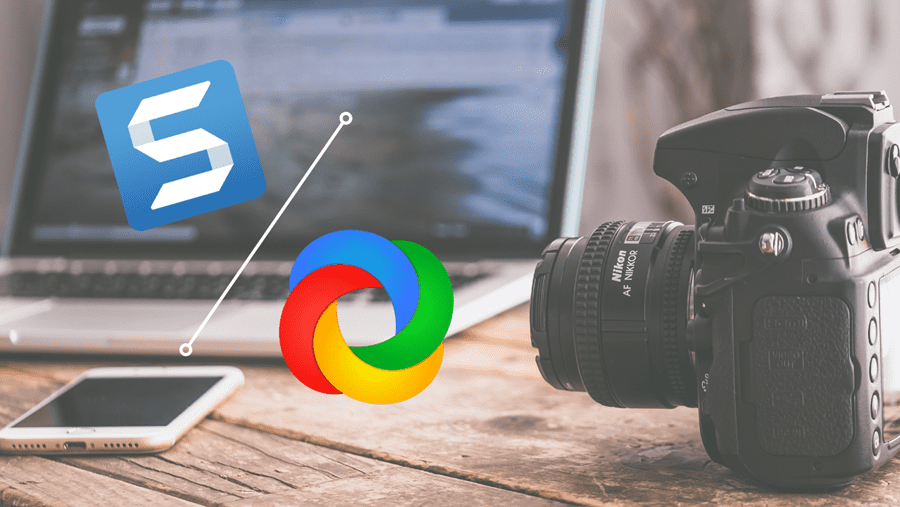No matter how controversial or doubtful it may be, this technological advancement towards smarter artificial intelligence is pretty much the present and definitely the future of mankind. With the rise of new tools such as deep learning, machine learning, reinforced learning, supervised and unsupervised learning, neural networks, and Bayesian network, the world of computing and machine-driven manufacturing is changing the world as we know it. In such a time when the future of humanity is uncertain with the development of machines more intelligent than ourselves, we must at least have a clear understanding of what’s going to change our world in the near future.
First Things First, What Is Artificial Intelligence?
If you google the term, you’ll know that artificial intelligence is “the theory and development of computer systems able to perform tasks normally requiring human intelligence such as visual perception, speech recognition, decision-making, and translation between languages.” Intelligence is hard to define and it gets trickier in the case of artificial intelligence or AI. It is true that an AI is a man-made machine with decision-making capabilities but it still cannot fathom the way a human mind works, taking all relevant factors into account. With the arrival of AI, we have encountered some of the most fundamental queries of the human mind — what is consciousness? What makes us different from an AI? Here, let us clarify that robots are not necessarily AIs. Robots can be programmed with codes that turn it into an AI bot but there’s a huge gap between the two vastly different entities. AI is a software that replicates intelligence and performs certain tasks in an optimum way by considering all relevant factors, whereas robots are physical entities that may or may not carry an AI engine. It’s like water and glass — the glass itself holds different value than the water but they both can come together to serve a particular purpose. The term ‘artificial intelligence’ was coined by John McCarthy in 1956. Back then, it was a much simpler form of a logic-based system. But as we have progressed, so has the technology and the definition of AI. Now, systems that analyze and find patterns in data is considered the most prominent and common form of artificial intelligence and many international companies have incorporated the system into their work process.
Types of Artificial Intelligence
According to their level of intelligence and capabilities, developers have marked three distinct categories for artificial intelligence (AI) — Narrow, General, and Super.
Narrow AI
Limited to only specific tasks – this is the perfect way to describe artificial narrow intelligence or ANI. This type of AI can very easily learn patterns in the data provided to it. With computer vision and language processing, the narrow AI can play chess, make shopping suggestions, investment preferences, sales prediction, weather forecast and such pattern-based activities. It is also called weak AI but do not let that coinage fool you. The ANI is the machine that drives Google Translate, which is one of the most sophisticated digital platforms. Quite recently, Google’s AlphaGo, powered by DeepMind, beat Go champion Lee Sedol (watch the match below) with ease. Self-driving cars also run on ANI or a collection of synchronized ANIs. <span id=”selection-marker-1″ class=”redactor-selection-marker”></span><span id=”selection-marker-1″ class=”redactor-selection-marker”></span>
General AI
The next big step in the world of AI would be to achieve general or human-level AI. This type of artificial intelligence can observe, analyze, and react to its surroundings like a human. For decades, programmers have been working on creating this elusive machinery. Termed as artificial general intelligence or AGI, this technology is pushing scientists to the edge of their knowledge as they are finding it extremely difficult to quantify human intelligence and replicate it via codes. There is another limitation to the development of AGI. The human mind is highly adaptive. It can think abstractly and be innovative. By these virtues, the human brain can invent something that wasn’t there before. It’s highly difficult to teach something that we invented to invent things on its own.
Super AI
This is the new frontier of AI technology. Artificial super intelligence is a more distant idea than a reality as for now. It is, as University of Oxford scholar and AI expert Nick Bostrom puts it, “when AI becomes much smarter than the best human brains in practically every field, including scientific creativity, general wisdom and social skills.” A singular element that would hold all information and a better understanding about the universe and its elements than the humans definitely sounds like something out of a contemporary sci-fi novel or a Marvel movie. However, the line between artificial general intelligence and super intelligence is quite thin and many scientists believe that it’d take only months or even minutes to introduce super-intelligence to an AGI and it’ll continue gathering, analyzing and reacting to information at a light speed towards no end. Legendary physicist Stephen Hawking believes that such a sentient system would mean the end of humanity as we know it as a more advanced species would gradually overpower the inferior ones – in this case, the human – and either enslave it or destroy it completely. Celebrated innovator and owner of Tesla and SpaceX, Elon Musk, has also expressed great concern over the future development of such super-intelligent systems. <span id=”selection-marker-1″ class=”redactor-selection-marker”></span><span id=”selection-marker-1″ class=”redactor-selection-marker”></span> On the other end, there are other scientists such as Google’s Demis Hassabis believes that such a smart AI would be able to help mankind to solve some crucial issues like climate change, cure to cancer and other fatal diseases, and space exploration. Smarter AIs can do the math for us and we can just reap the benefits of having such an engine running all the permutation-combination that would take even the smartest human brains millennia. “I don’t care so much whether what we are building is real intelligence,” says Peter Norvig, Director of Research at Google. “We know how to build real intelligence—my wife and I did it twice, although she did a lot more of the work. We don’t need to duplicate humans. That’s why I focus on having tools to help us rather than duplicate what we already know how to do. We want humans and machines to partner and do something that they cannot do on their own.”
Way to a Fail-safe Future? Only Time Will Tell
Future is the culmination of what we decide to do now. With global issues such as climate change, rising sea level, nuclear threats, and medical ailments like cancer, humanity needs a push to move on as a species. The digital revolution that happened with the advent of the Internet is history now. The next big step would be a breakthrough in the development of advanced artificial intelligence. But it would also need us to find the answer to the ultimate question — what is consciousness? Is there a serious chance of AIs becoming more powerful and knowledgeable than its creators — the humans? Only time can tell. Let us know your views on this in comments. The above article may contain affiliate links which help support Guiding Tech. However, it does not affect our editorial integrity. The content remains unbiased and authentic.














